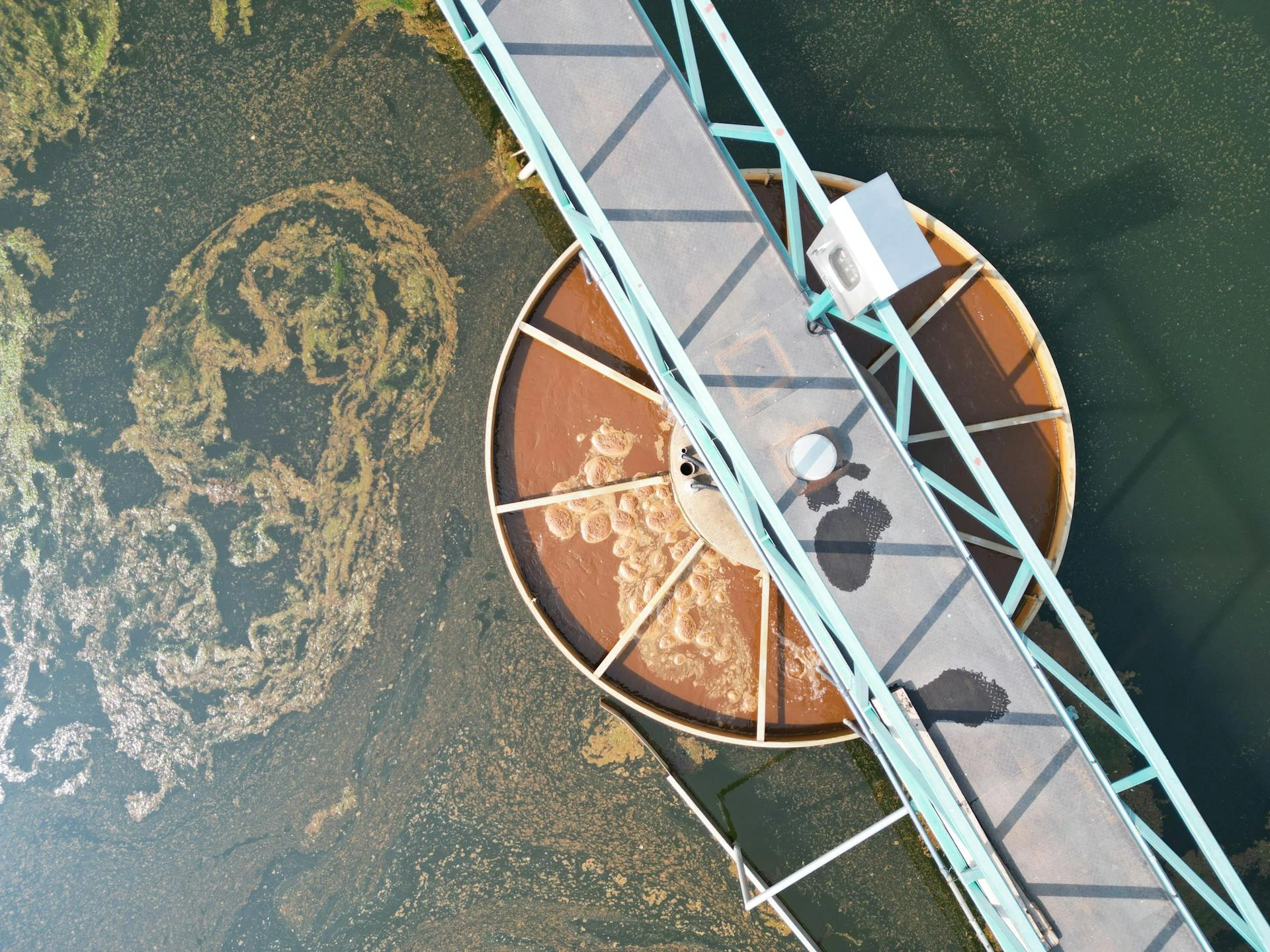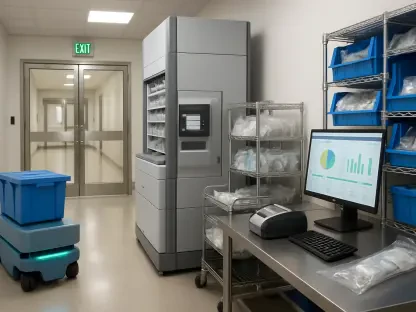In the sun-drenched landscapes of Cyprus, an unconventional method is shedding light on societal behaviors in a way that traditional approaches have never managed, offering a unique perspective on community habits. A pioneering study by the Nireas-International Water Research Centre at the University of Cyprus has harnessed wastewater-based epidemiology (WBE) to track alcohol consumption patterns across two contrasting regions: the vibrant capital of Nicosia and the tourist-driven coastal zone of Agia Napa-Paralimni. This innovative research, the first of its kind in Cyprus, analyzes wastewater for ethyl sulfate (EtS), a biomarker of alcohol intake, providing an objective lens on community drinking habits. Unlike surveys or sales data, often skewed by underreporting or untracked sources, WBE offers a real-time glimpse into what entire populations are consuming. Conducted over a year with frequent sampling, the study captures the nuances of alcohol use shaped by geography and seasonality, revealing not just numbers but deeper cultural and social insights. This approach is redefining how public health data is gathered, opening new avenues for understanding and addressing substance use in urban settings.
Exploring Regional Disparities in Alcohol Use
The findings from this wastewater analysis paint a vivid picture of how location influences drinking behaviors in Cyprus. In Nicosia, a bustling urban center with a diverse, permanent population, alcohol consumption remains remarkably stable throughout the year. This consistency suggests a deeply ingrained, predictable drinking culture among residents, unaffected by the seasonal shifts that characterize other regions. The data indicates that daily per capita intake in the capital varies minimally, reflecting a routine that aligns with the city’s role as a cultural and economic hub. Such stability offers a baseline for understanding alcohol use in a largely resident-driven environment, where external influences like tourism play a negligible role. This insight is crucial for policymakers aiming to design long-term strategies that address steady, year-round consumption patterns without the need for sudden, reactive measures.
Contrastingly, the coastal area of Agia Napa-Paralimni tells a dramatically different story, heavily shaped by its status as a tourist hotspot. During the summer months, alcohol consumption in this region skyrockets, at times increasing nearly tenfold compared to the quieter winter season. This surge is directly tied to the influx of visitors seeking leisure and nightlife, transforming the area into a seasonal epicenter of heightened substance use. The stark fluctuations highlight the challenges faced by communities dependent on tourism, where transient populations can significantly alter local behavior patterns. These findings underscore the importance of timing in public health planning, as the temporary nature of these spikes demands agile, short-term interventions to manage potential risks. Understanding such regional disparities through wastewater data provides a clearer roadmap for addressing the unique needs of each area.
Uncovering Connections Beyond Alcohol
While the primary focus of the study is alcohol consumption, wastewater analysis has also revealed intriguing correlations with other substances, adding depth to the research. Notably, the presence of illicit stimulants such as methamphetamine, MDMA, and ketamine in sewage samples shows a statistically significant link with alcohol use, particularly in areas with high tourist activity during peak seasons. Though this association does not confirm simultaneous consumption, it suggests overlapping behavioral trends that may reflect the social environments of nightlife and leisure prevalent in places like Agia Napa-Paralimni. This finding introduces a broader dimension to substance use studies, indicating that alcohol might be part of a larger pattern of recreational behavior in certain contexts. Such insights call for further investigation into the interplay of different substances and the cultural factors driving these patterns.
Expanding on this connection, the correlation between alcohol and stimulants in wastewater points to the complexity of substance use dynamics in tourist-heavy regions. The data, collected during targeted weekly campaigns, suggests that peak seasons not only amplify alcohol intake but may also coincide with increased use of other drugs, potentially linked to party culture or social events. This overlap raises important questions about the environments that foster such behaviors and the health risks associated with potential polydrug use. For public health officials, this information is invaluable, as it highlights the need for comprehensive strategies that address multiple substances rather than focusing solely on alcohol. By capturing these trends through an objective method like WBE, the study provides a foundation for integrated approaches to substance abuse prevention, ensuring that interventions are as multifaceted as the behaviors they aim to mitigate.
The Power of Wastewater-Based Epidemiology
One of the standout aspects of this research is the methodology itself—wastewater-based epidemiology offers a level of accuracy and objectivity that traditional data collection methods struggle to achieve. Surveys and sales statistics often fall short due to biases like social desirability or the exclusion of unregulated alcohol sources, such as homemade or illicitly obtained drinks. In contrast, WBE directly measures biomarkers in sewage, reflecting actual community consumption without relying on self-reported data. This approach captures a true snapshot of behavior across entire populations, providing a reliable dataset for analysis. In Cyprus, where cultural nuances and tourism add layers of complexity to substance use, the precision of WBE is particularly transformative, offering a tool that can adapt to diverse settings and deliver actionable insights.
Further emphasizing its value, WBE’s ability to provide real-time data sets it apart as a forward-thinking solution for monitoring public health trends. By collecting samples every few days over a year from treatment plants in Nicosia and Agia Napa-Paralimni, the study achieved a granular view of alcohol consumption, unmarred by the inconsistencies of human reporting. This methodology not only bypasses individual bias but also accounts for the full spectrum of alcohol intake, including sources that evade conventional tracking. The result is a clearer, more comprehensive understanding of drinking patterns, which can be applied to other substances or regions with similar challenges. As a scalable and adaptable tool, WBE holds immense potential for ongoing surveillance, enabling authorities to detect emerging trends swiftly and respond with precision. Its success in Cyprus signals a shift toward more innovative, science-driven approaches in public health research.
Informing Future Public Health Policies
The implications of this wastewater study extend directly into the realm of public health and policymaking, offering concrete pathways for intervention. In regions like Agia Napa-Paralimni, where seasonal tourism drives dramatic increases in alcohol consumption, the data suggests a need for targeted measures during peak summer months. Initiatives such as public awareness campaigns, enhanced law enforcement presence, or temporary health services could mitigate the risks associated with excessive drinking during these high-traffic periods. The ability of WBE to pinpoint these temporal spikes ensures that resources are allocated efficiently, addressing issues at their most critical points. This tailored approach contrasts with broader, less focused strategies, demonstrating how localized data can revolutionize response mechanisms in communities with unique challenges.
Meanwhile, the stable alcohol consumption patterns observed in Nicosia point to a different set of priorities for public health efforts. Here, the focus can shift toward sustained prevention programs that address consistent drinking behaviors over time, rather than reacting to sudden changes. Long-term education initiatives, community engagement, and support systems for at-risk groups could form the backbone of such strategies, leveraging the predictability of the data to build enduring solutions. By providing region-specific insights, WBE equips policymakers with the tools to craft evidence-based interventions that resonate with the distinct needs of each area. Looking ahead, integrating wastewater analysis into routine monitoring systems could further enhance the ability to track substance use trends, ensuring that Cyprus remains proactive in safeguarding public health through informed, adaptive policies.
Charting the Path Ahead with Innovative Data
Reflecting on the groundbreaking wastewater-based epidemiology study conducted in Cyprus, the journey revealed critical insights into alcohol consumption across Nicosia and Agia Napa-Paralimni. The consistent drinking patterns in the capital stood in sharp relief against the dramatic seasonal surges in the coastal tourist zone, while links to other substances hinted at broader behavioral trends. This research demonstrated the unparalleled potential of WBE to deliver objective, real-time data, surpassing the limitations of traditional methods. Moving forward, the focus should be on scaling this methodology for continuous monitoring, allowing for early detection of shifts in substance use. Collaboration between researchers, policymakers, and local authorities could transform these findings into dynamic action plans, addressing both immediate risks and long-term prevention. Additionally, expanding WBE to other regions or substances could provide a fuller picture of public health challenges, ensuring that solutions remain as innovative as the data driving them.









